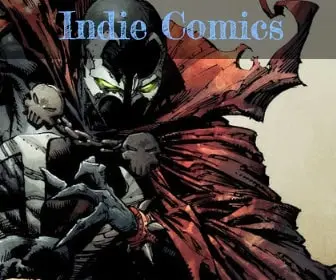
The Art of Storyboarding: A Deep Dive into the World of Comic Creation
Storyboards are to comics what blueprints are to architecture. Before a single line of ink graces the page, the raw, unrefined concept exists within a storyboard. Whether you’re a seasoned comic book creator or an enthusiastic beginner, the process of storyboarding remains crucial. Here, we’ll delve into the basics of storyboarding for comics and discuss the undeniable importance of visualizing the flow of panels and pages.

Storyboarding: What Is It, Really?
At its core, a storyboard is a visual representation of how your story unfolds, step by step, frame by frame. It’s a series of sketches – sometimes detailed, sometimes mere stick figures – that represent the significant events and shifts in your comic’s narrative. Each sketch corresponds to a potential panel or page in the finished product.
Why Storyboard for Comics?
- Visual Narrative Flow: Comics are a visual medium. While the dialogue and captions carry weight, the visuals dictate pacing, tone, and mood. Storyboarding helps creators identify potential gaps or jumps in their narrative, allowing them to address these issues early in the process.
- Experimentation: Before committing to a final design or layout, storyboarding allows creators to play with multiple visual ideas, layouts, and panel placements.
- Efficiency: Correcting a mistake in a storyboard sketch takes mere seconds. Correcting a mistake after inking or coloring can be arduous or even require starting over. By identifying and addressing issues at the storyboard stage, creators save time and resources.
- Team Communication: For creators working with a team, storyboards provide a clear reference for everyone. They offer inkers, colorists, and letterers insight into the creator’s vision, ensuring cohesion throughout the production process.
Creating a Storyboard: Starting Simple
- Sketch Out Major Events: Begin by sketching the pivotal events of your story. Don’t aim for perfection – rudimentary sketches suffice at this stage.
- Determine Pacing: Decide how much space each event gets. Is it a single panel? A full page? Perhaps even a two-page spread? This helps establish the comic’s rhythm.
- Experiment with Panel Layout: Traditional grids are excellent, but don’t be afraid to break the mold. Overlapping panels, unconventional shapes, or even pages with a single, impactful image can add dynamism to your story.
- Incorporate Dialogue and Captions: While you don’t need finalized dialogue, having a rough idea of the text helps ensure you allocate enough space and design panels that complement the narrative.
- Iterate and Refine: The beauty of storyboarding is the ease of making changes. Rework sequences that feel clunky, experiment with different layouts, and keep refining until the visual flow feels just right.
Final Thoughts
Storyboarding might seem like an added step, especially when you’re eager to dive into the final art. However, this preliminary stage can be a game-changer, ensuring that your comic isn’t just a series of images, but a cohesive, compelling visual narrative. Remember, in the world of comics, every panel, every page, and every layout choice plays a role in telling your story. So, embrace the art of storyboarding and watch your vision come to life with clarity and purpose.










